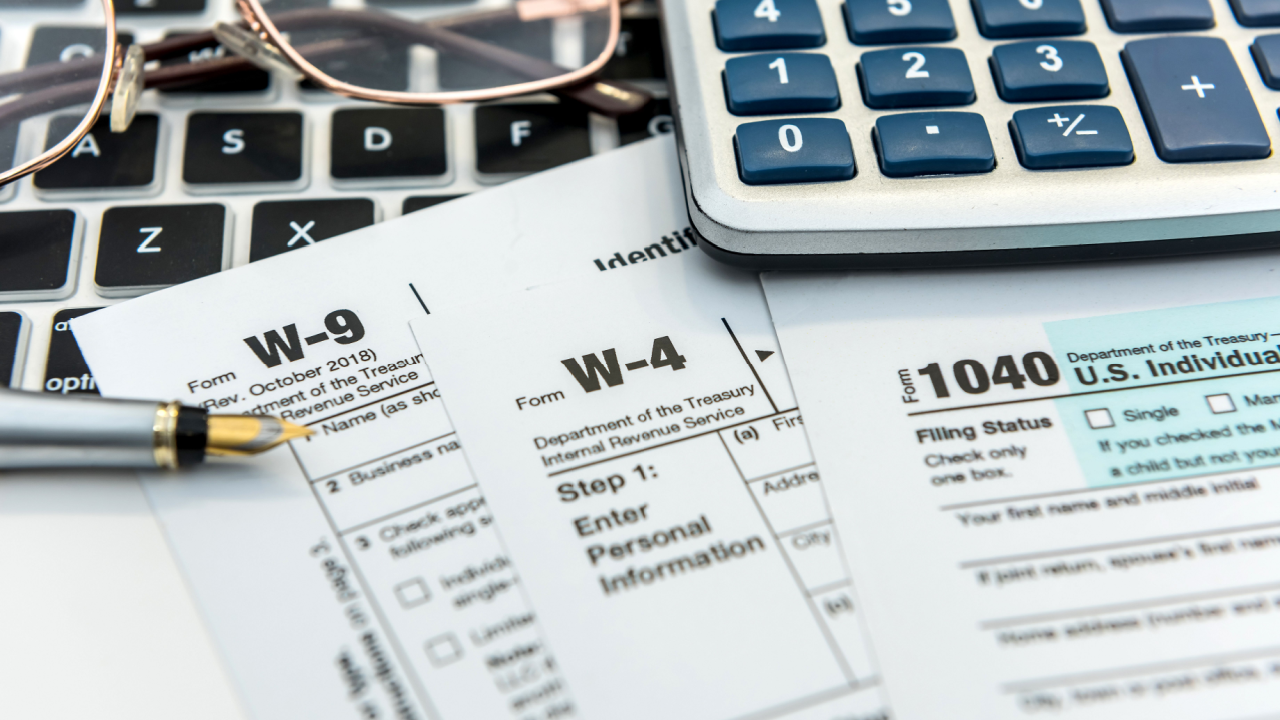President Joe Biden’s plan to forgive up to $20,000 of federal student loan debt per borrower has been knocked down by the Supreme Court and the COVID-driven student loan payment pause expires on August 31, 2023. Many of the 43 million borrowers will need to start repayment in October and may wish to change their repayment plan. Here are all of the options available to someone with federal student loans.
Standard Repayment Plan
The standard repayment plan is the default plan for borrowers. This payment plan amortizes your total loan balance over 10 years which results in a consistent payment amount and a low amount of total interest paid. This is the “cheapest” way to pay back your student loans but also comes with the highest monthly payment amount. This payment plan ensures you pay your loans back quickly and with the least amount of interest. If you can afford the payments, and you are not seeking Public Service Loan Forgiveness (PSLF), this is the best repayment plan.
You can also pay more than the minimum payment on this or any other payment plan. This will help you save on interest throughout the life of your loan.
Who Can Use It: All Borrowers
Who is Disqualified: None
Extended Standard Repayment Plan
This plan takes the Standard Plan and stretches your repayment period out over 25 years. Your payment remains the same over time, and if your income grows over 25 years the payment will gradually feel easier to make. If the payment under the Standard plan is too high, this is the next best option because your payment remains fixed and you will pay less interest than with other plans.
Who Can Use It: All Borrowers with loans of at least $30,000 at the beginning of repayment
Who is Disqualified: Borrowers with loans under $30,000 at the beginning of repayment
Graduated Repayment Plan/Extended Graduated Repayment Plan
This payment plan amortizes your loans over 10 years (or 25 with the extended plan) but your payments increase over the repayment period, usually every 2 years. This plan results in a lower payment than the Standard plan at its outset but a higher payment by the end of the term. If the payment under the Standard or Extended Standard plan is too high, the Graduated or Extended Graduated plan is the next best option. However, you take the risk that the payments increase at a pace faster than your income.
Who Can Use It: All borrowers qualify for the Graduated Repayment plan. For the Extended Graduated Repayment Plan, borrowers with loans of at least $30,000 at the beginning of repayment qualify.
Who is Disqualified: Borrowers with loans of less than $30,000 at the beginning of repayment do not qualify for the Extended Graduated Repayment plan.
Income Driven Plans
The following plans are all considered Income Driven plans and require you to recertify your income regularly. As your income increases over time, your payment will also increase. You may find that it makes sense to switch to another repayment plan before you have fully paid off your loans.
Saving on A Valuable Education (SAVE) Repayment Plan
The SAVE plan caps your monthly payments at 10% of discretionary income, or 10% of: your AGI (Adjusted Gross Income) less 1.5 x the federal poverty level, found at https://aspe.hhs.gov/topics/poverty-economic-mobility/poverty-guidelines. For a borrower with AGI of $50,000 and no dependents, this caps their payments at $234/month in 2023 no matter the loan balance.
Starting in July 2024, the definition of “discretionary income” for this plan will change to 10% of: your AGI less 2.25 x the federal poverty level for graduate borrowers, and for undergraduate borrowers will change to 5% of: your AGI less 2.25 x the federal poverty level. For that same borrower with AGI of $50,000 and no dependents, their payments on a graduate education loan would be capped at $143/month in 2024 and at $72/month for an undergraduate education loan.
Under this repayment plan, any remaining balance after 20 years (for undergraduate loans) or 25 years (for graduate loans) will be forgiven. To obtain forgiveness, you have to be on this repayment plan the entire 20 or 25 years which means your income would have to stay low that entire time.
Also in July 2024, this plan will change to eliminate any interest that is not paid off by your monthly payment and stop interest from accruing during deferment or forbearance periods. That means that under this plan, your student loans are never going to grow larger than they were at the beginning of your repayment period as long as you make your monthly payments.
Who Can Use It: All borrowers who took out undergraduate or graduate loans for their own education, excepting federal Stafford loans
Who is Disqualified: Parent PLUS loans or Consolidation loans made from Parent PLUS loans or federal Stafford loans, regardless of the borrower
Pay As You Earn (PAYE) Repayment Plan
Similar to the SAVE plan, your monthly payments are capped at 10% of your discretionary income. This plan is only available to borrowers who were new borrowers on or after October 1, 2007, and who received a loan disbursement on or after October 1, 2011. As the terms of the SAVE plan are much more favorable due to the higher amount of income excluded from your payment calculation, this repayment plan will close to all new borrowers and to borrowers looking to change repayment plans after July 1, 2024.
Who Can Use It: All borrowers who took out undergraduate or graduate loans for their own education and who first took out a loan on or after 10/1/2007 and received a loan disbursement on or after 10/1/2011, excepting federal Stafford loans
Who is Disqualified: Parent PLUS loans or Consolidation loans made from Parent PLUS loans, federal Stafford loans, and anyone who took out a loan before 10/1/2007 or did not have any loan disbursements after 10/1/2011
Income-Based Repayment (IBR) Plan
Similar to the SAVE and PAYE plans, your monthly payment is capped at either 10% or 15% of your discretionary income. Borrowers who took out their first loan before July 1, 2014 use the 15% cap and borrowers who took their first loan on or after July 1, 2014 use the 10% cap. Your loan balance will be forgiven after 20 or 25 years (depending on when you took out your loans) of payments under this repayment plan.
Who Can Use It: All borrowers who took out undergraduate or graduate loans for their own education
Who is Disqualified: Parent PLUS loans or Consolidation loans made from Parent PLUS loans
Income-Contingent Repayment (ICR) Plan
The Income-Contingent Repayment plan also caps your monthly payment depending on your income but uses a slightly different calculation. Your monthly payment is capped at of 20% of your discretionary income, where here “discretionary income” is defined as your AGI less the federal poverty level. Under this plan, if your payment would be lower on a 12-year fixed payment plan then that becomes your monthly payment. Any remaining loan balance will be forgiven after 25 years of payments on this repayment plan. This plan is closing to new borrowers after July 1, 2024.
Who Can Use It: All borrowers who took out undergraduate or graduate loans for their own education or parents with parent PLUS loans who consolidated them into a Consolidation loan, excepting federal Stafford loans
Who is Disqualified: Parent PLUS loans or anyone with federal Stafford loans
Income-Sensitive Repayment Plan
This repayment plan is only for FFEL (Federal Family Education Loan Program) loans. Your monthly payment depends on income but the calculation differs from lender to lender.
Who Can Use It: Federal Stafford loans, FFEL PLUS loans, and FFEL Consolidation loans
Who is Disqualified: All other loan types
For anyone committed to obtaining Public Service Loan Forgiveness (PSLF), the income contingent plan with the lowest monthly payment may seem like the best option. To qualify for forgiveness under PSLF, you must make 120 qualifying payments, meaning it will take at least 10 years to qualify. If you decide at any point not to proceed with PSLF, you may have dug yourself into a bigger hole by only paying the lowest payment available.
Loan forgiveness under an income-driven plan (but not PSLF) is most likely taxable in the year received. This can create a large and unexpected tax burden.
Whatever your payment plan, contact our CERTIFIED FINANCIAL PLANNER™ practitioners to be sure it is the best payment plan for you.



